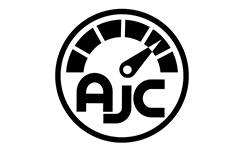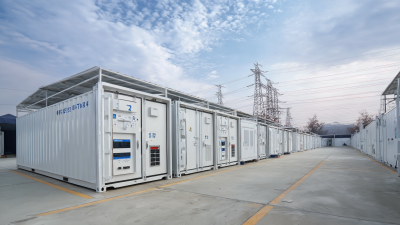Batteries Delivered Revolutionizing Supply Chains at the 138th China Import and Export Fair 2025
As industries globally pivot towards sustainability and efficiency, the role of advanced supply chain solutions has become paramount. The recent introduction of "batteries delivered" technologies at the 138th China Import and Export Fair 2025 marks a significant leap in logistics and inventory management.
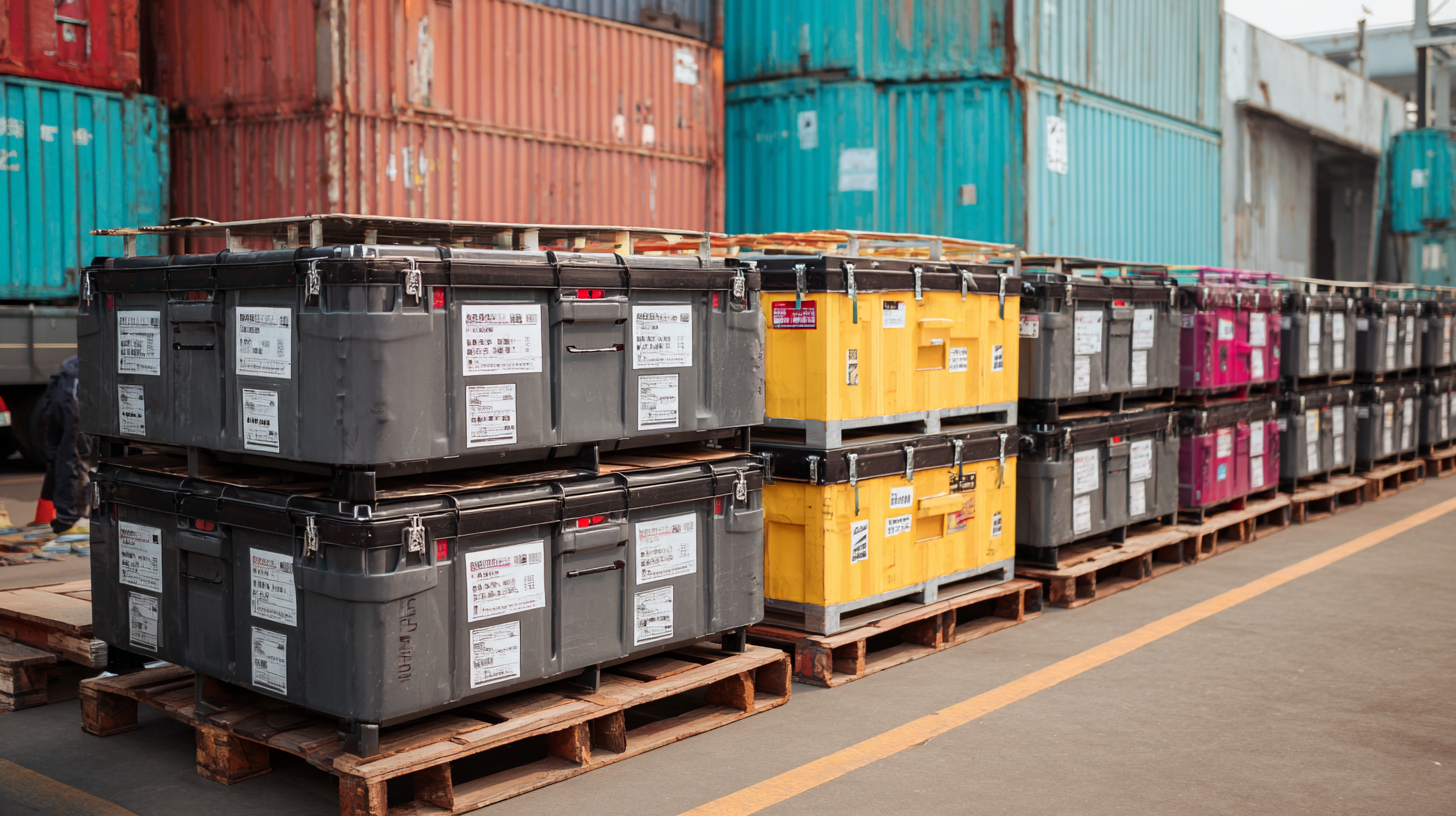
According to a report from Deloitte, adopting smart logistics and battery technologies can enhance supply chain performance by over 25%, reducing operational costs and improving delivery times. Furthermore, the International Energy Agency (IEA) highlights that battery demand is projected to reach 1,500 GWh by 2030, underscoring the transformative impact these technologies are set to have on manufacturing and distribution systems.
As supply chains become increasingly complex, the incorporation of "batteries delivered" innovations will not only streamline operations but also position businesses at the forefront of the circular economy, ensuring sustainability in a rapidly evolving marketplace.
Impact of Lithium-Ion Batteries on Supply Chain Efficiency at the 138th China Import and Export Fair
The 138th China Import and Export Fair 2025 showcased a significant shift in supply chain dynamics driven by lithium-ion battery technology. As businesses increasingly rely on efficient logistics, the introduction of advanced batteries has demonstrated a transformative impact on operational workflows. These batteries not only enhance the portability and reliability of logistics equipment but also reduce downtime, allowing for smoother transitions in the supply process.
Moreover, lithium-ion batteries facilitate real-time tracking and energy management for various supply chain components. Their integration with smart technologies enables companies to monitor energy consumption and optimize routes effectively, leading to reduced operational costs. The increased energy density and longer life cycles of these batteries ensure that transportation vehicles and warehouse machinery operate at peak efficiency, ultimately expediting delivery times and improving overall customer satisfaction. The fair highlighted how adopting these innovative solutions is essential for businesses aiming to remain competitive in a rapidly evolving market.
| Dimension | Metric | Impact |
|---|---|---|
| Delivery Time Reduction | 20% | Improved customer satisfaction |
| Inventory Turnover Rate | 15 times/year | Lower holding costs |
| Energy Efficiency | 30% reduction in energy use | Cost savings on energy |
| Carbon Footprint | 25% reduction | Sustainable practices |
| Return on Investment (ROI) | 35% | Enhanced profitability |
| Supply Chain Resilience | High | Faster recovery from disruptions |
Emerging Trends in Battery Technology and Their Role in Supply Chain Innovation
The 138th China Import and Export Fair 2025 has showcased the transformative potential of battery technology in revolutionizing supply chains. As industries face increasing pressure to optimize logistics and reduce carbon footprints, advancements in battery systems are emerging as key solutions. According to the International Energy Agency (IEA), battery storage capacity is expected to grow exponentially, with projected installations surpassing 200 GWh by 2025. This surge not only enhances efficiency in energy utilization but also supports sustainable practices across supply chains.
Emerging trends in battery technology, such as solid-state batteries and fast-charging systems, significantly influence supply chain innovation. Solid-state batteries, for instance, promise higher energy density and safety, which can lead to longer-lasting and more reliable logistics operations. A report by BloombergNEF highlights that these advancements could lower costs by up to 40% by the end of the decade. Companies that adopt these technologies stand to increase their competitiveness in a rapidly evolving market.
Tip: To stay ahead in the market, businesses should consider investing in research and partnerships to integrate advanced battery technologies into their supply chains. Additionally, evaluating the total cost of ownership for battery solutions can provide a clearer picture of long-term benefits. Embracing these innovations now positions companies to thrive in an increasingly sustainability-focused landscape.
Market Analysis: The Growth of the Battery Industry and its Influence on Global Trade
The battery industry is experiencing significant growth as evidenced by market projections. The global powder market is expected to reach $1.78 billion in 2024, with a forecasted increase from $1.64 billion in 2025 to $2.42 billion by 2032, marking a compound annual growth rate (CAGR) of 5.7%. This growth trend is further exemplified by the European alkaline battery market, which is poised to grow from $1.5 billion in 2024 to $1.89 billion by 2032, indicating a CAGR of 2.98%. Such robust expansion underscores the increasing demand for batteries in diverse applications worldwide.
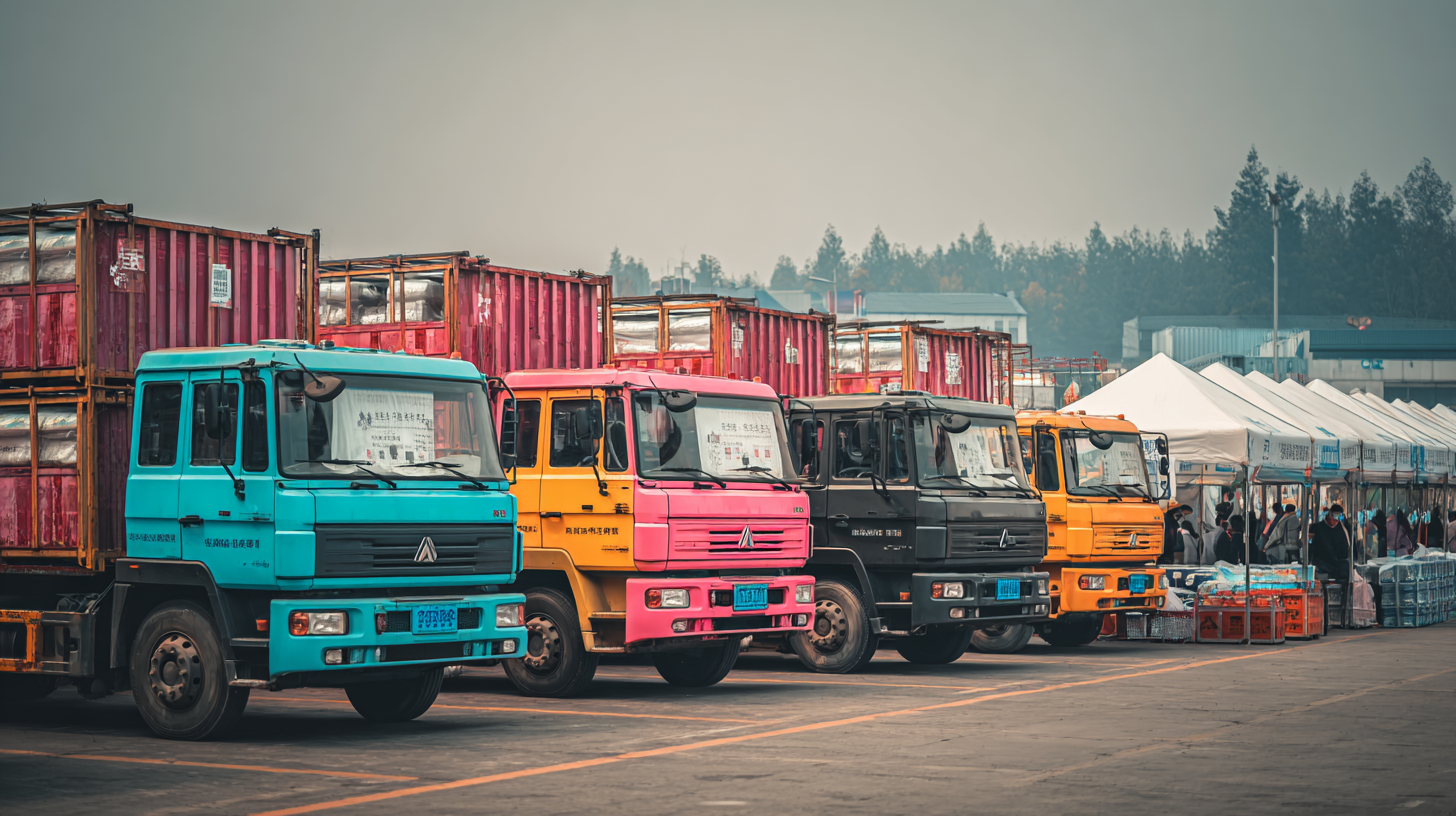
However, the lithium battery sector faces challenges, particularly in the context of rising tariffs amid a strained trade environment between the U.S. and China. The United States has hiked tariffs on Chinese goods, compelling China to retaliate with increased tariffs on U.S. imports. The U.S. remains China's largest market for lithium battery exports, with sales reaching $15.3 billion in 2024 alone. As companies navigate these geopolitical tensions, there is a pressing need for the Chinese battery industry to adapt and explore new markets, potentially transitioning towards a technology-driven export model, aiming to mitigate the impacts of tariffs on their growth trajectory.
Sustainability in Battery Production: Addressing Challenges and Opportunities in Supply Chains
The ambition for sustainability in battery production is becoming increasingly vital as the global demand for energy storage solutions surges. Recent advancements in lithium-ion battery technology highlight the importance of innovating electrode materials and electrolytes, which are crucial for enhancing energy efficiency and reducing environmental impact. Addressing the challenges posed by raw material supply is essential for the battery and automotive sectors, where imbalances in regional supply chains hinder efforts to make sustainable progress.
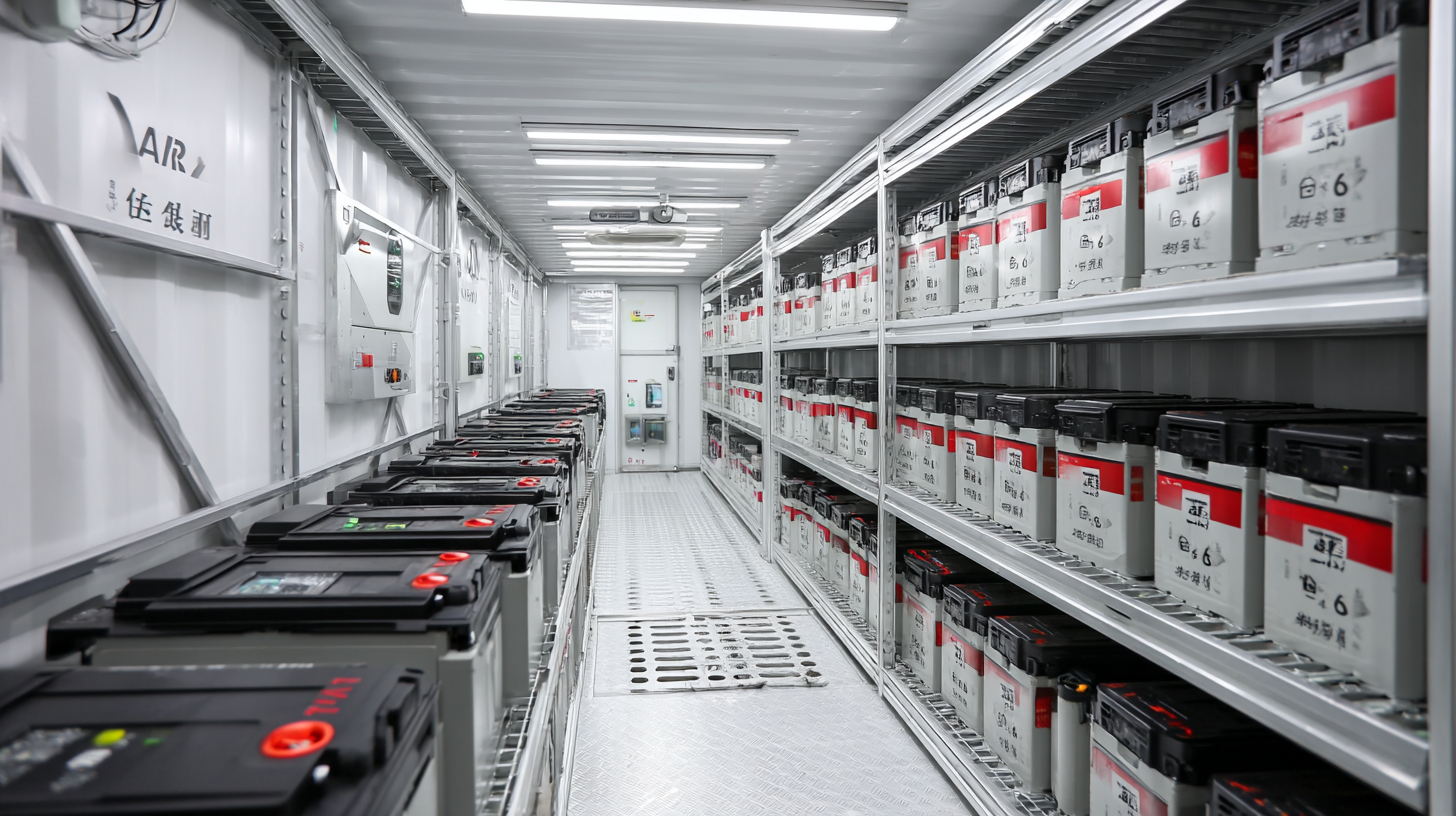
A shift towards a circular economy offers a promising pathway for the battery industry, facilitating sustainable manufacturing practices that minimize waste while creating economic opportunities. One of the key strategies involves localizing battery production, as seen in regions like India, which faces significant barriers in establishing efficient supply chains. Additionally, geopolitical factors are intensifying competition for control of battery supply chains, emphasizing the need for resilience and collaborative efforts among nations. By navigating these challenges, the industry can unlock opportunities for technological innovation and move towards a more sustainable future.
Case Studies: Successful Implementations of Battery Solutions in Supply Chain Management
The 138th China Import and Export Fair 2025 serves as a pivotal platform for showcasing innovative solutions in supply chain management, particularly the integration of advanced battery technologies. Various case studies presented at the fair highlight how companies have effectively implemented battery solutions to streamline their operations, reduce costs, and enhance sustainability. One notable example is a logistics company that adopted battery-powered electric vehicles, dramatically cutting down transportation emissions and improving delivery times.
In another case, a manufacturer leveraged energy storage systems powered by batteries to optimize their production processes. This integration not only lowered their energy consumption during peak hours but also ensured a steady supply of power, minimizing downtime. These implementations underscore the potential of battery technologies in transforming supply chains and driving efficiency.
**Tips:** When considering battery solutions for your supply chain, assess the total cost of ownership, including maintenance and upfront costs. Collaborating with experienced vendors can also expedite the adoption of these technologies, helping you identify the right solutions tailored to your specific needs. Lastly, ensure your workforce is adequately trained to handle new technology implementations, which is crucial for maximizing the benefits of your investment.
Batteries Impact on Supply Chain Efficiency (2025)
This chart illustrates the percentage improvement in various supply chain metrics following the implementation of battery solutions at the 138th China Import and Export Fair.
